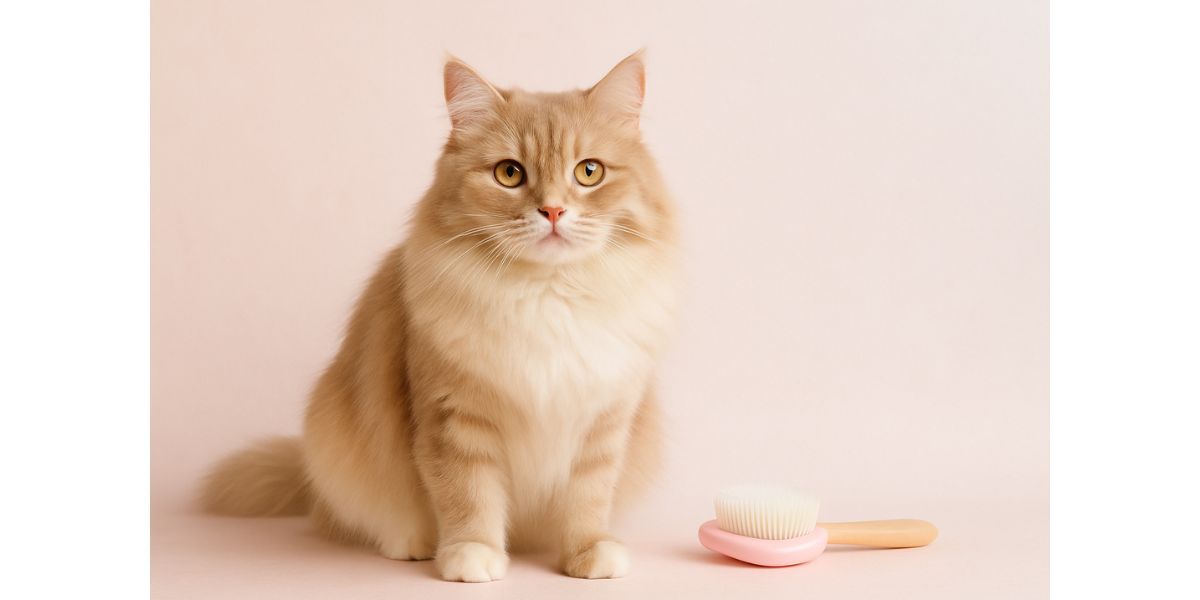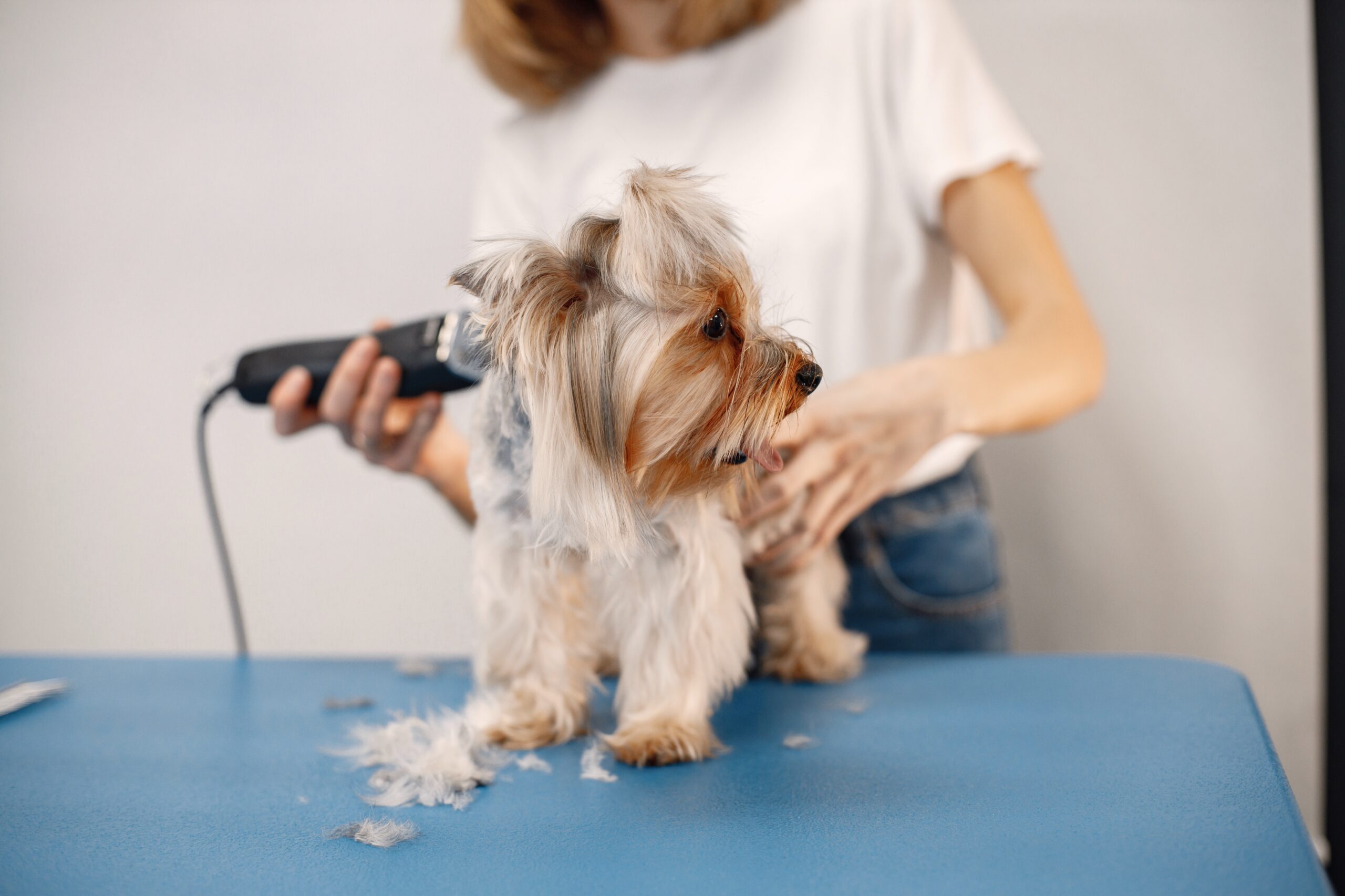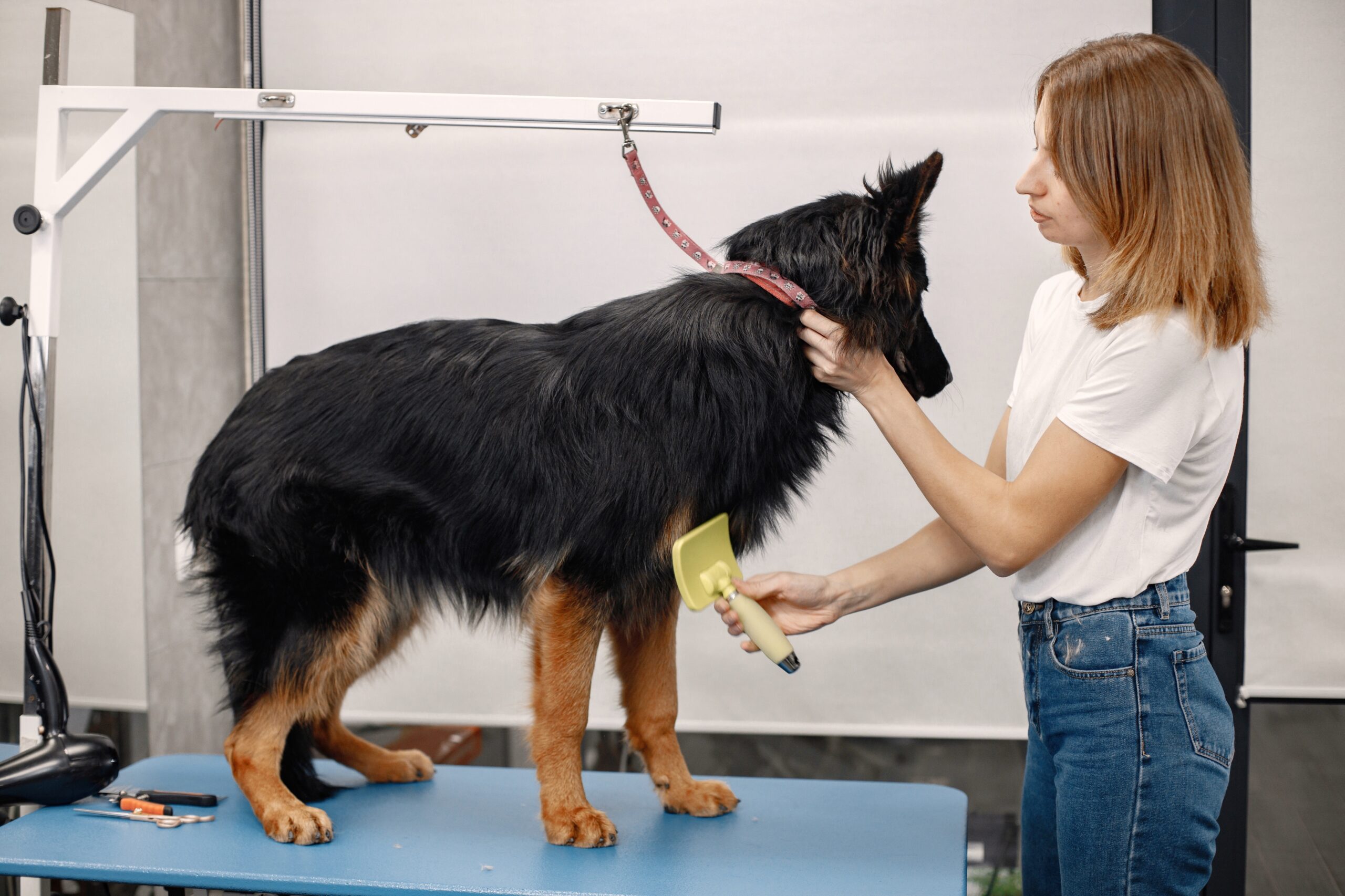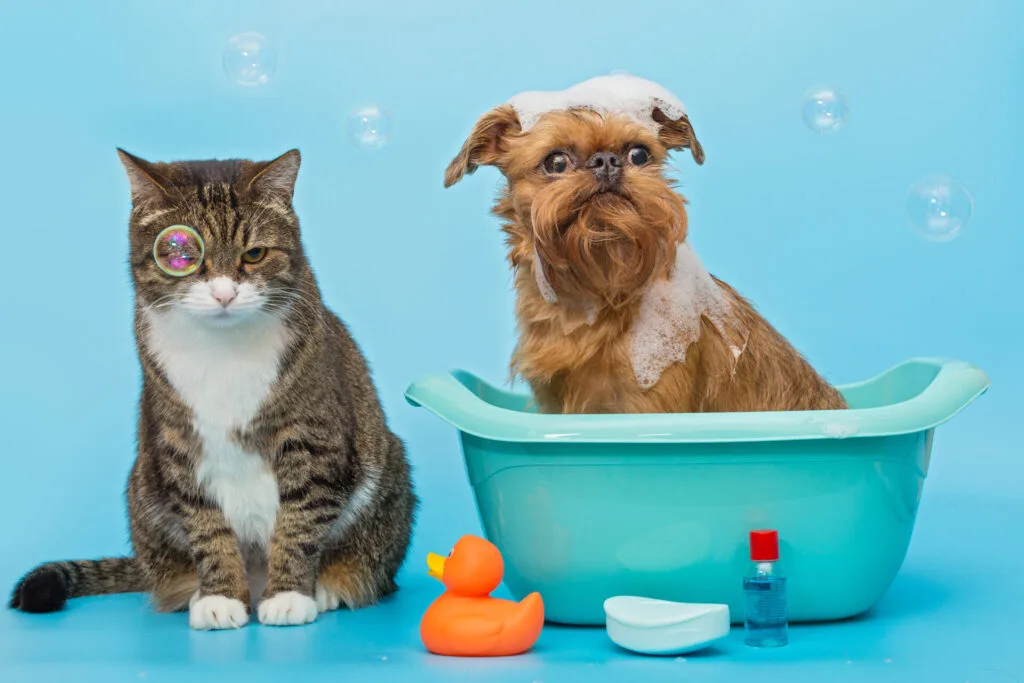
Let’s be honest-you didn’t sign up for the hairball life. One minute, your cat is peacefully grooming themselves on the couch, and the next? You’re stepping barefoot into a warm, gooey surprise. Welcome to the glamorous world of feline parenthood.
But here’s the good news: you can reduce the number of hairballs your cat produces, and a big part of that solution is regular grooming. Yes, you-with a brush in hand-can be your cat’s hairball hero.
Let’s break this down.
Why Do Cats Even Get Hairballs?
You already know cats groom themselves a lot. But did you know that they spend 30–50% of their waking hours grooming?
During all this licking, their tiny sandpaper tongues pull out loose hairs—which they swallow. Most of that fur just passes through, but sometimes it clumps up in their stomachs. And voilà! You get the dreaded “hork” sound and the soggy hairball.
“It’s natural, but not always harmless.”
Veterinarians like Dr. Patty Khuly note that while occasional hairballs are normal, frequent ones could signal a problem—especially in long-haired breeds like Persians or Maine Coons. It’s not just a cleaning issue; it could lead to intestinal blockages, which can be dangerous.
So, How Does Grooming Help?
Let’s put it this way: the less fur your cat swallows, the fewer hairballs they’ll cough up. Makes sense, right?
Here’s how grooming actually works in your favor:
1. It Removes Loose Fur Before Your Cat Eats It (Accidentally)
Think of brushing your cat like pre-washing dishes—you’re taking care of the mess before it gets inside the machine.
By brushing your cat regularly (especially during shedding season), you’re cutting down the amount of fur they ingest dramatically.
- Pro tip: Use a de-shedding brush like the FURminator for long-haired breeds. It gets deeper than a regular brush.
2. It Disrupts Excessive Self-Grooming Habits
Some cats groom compulsively due to stress or boredom. When you brush them regularly, you satisfy that grooming itch for them, helping reduce over-grooming behaviors.
You also bond more with your cat—and when your cat is emotionally healthy, guess what? They’re less likely to groom like it’s an Olympic sport.
3. You Can Spot Problems Early
When you groom your cat yourself, you’ll notice changes in skin, fur texture, or even signs of digestive issues early—before they turn into vet emergencies.
It’s kind of like getting to know your cat’s vibe on a fur-deep level.
But My Cat Hates Brushing… Now What?
Totally fair. Not all cats are fans. Some act like you’re committing treason with a grooming glove.
Here’s what you can do:
- Start small: 1-2 minute sessions after meals.
- Use treats: Reward them after each grooming session so they associate it with positive vibes.
- Try different tools: Some cats prefer grooming gloves over bristle brushes or slicker tools.
There are entire Reddit threads (like r/cats and r/AskVet) filled with pet parents trading tips on which brush finally worked. For example, user “MeowMixMami” swears by a silicone grooming mitt because it feels more like petting than brushing. Worth a try!
Real Talk: You Can’t Eliminate Hairballs Entirely
Let’s not set unrealistic expectations. Some hairballs will still happen—they’re part of cat life. But with consistent grooming, you can reduce the frequency, make your cat more comfortable, and keep your carpets slightly less gross.
In fact, many cat owners report seeing fewer hairballs within just a couple of weeks of daily brushing.
Looking Ahead: Could Hairballs Become a Thing of the Past?
Maybe.
Pet tech is booming. There are already automatic grooming devices and even hairball-prevention diets on the market (like Hill’s Science Diet Hairball Control). In the future, we might even see enzyme-based sprays or smart brushes that track grooming progress and fur volume.
But until then, it’s you, your brush, and your sometimes-cooperative feline.
Final Thought
Grooming your cat isn’t just about looking cute for Instagram (though, let’s be honest, that’s a bonus). It’s about health, comfort, and reducing the number of times you have to Google “how to clean hairballs out of shag rug.”
So go ahead—grab the brush. Your cat might not thank you (they’re cats, after all), but your future self (and your furniture) definitely will.
Recent Post

Is Shaving Your Dog in Summer Safe? The Top 7 Mistakes to Avoid

Grooming for Different Breeds: Custom Care for Short & Long Haired Pets

Common Pet Grooming Mistakes Owners Make After a Grooming Session


